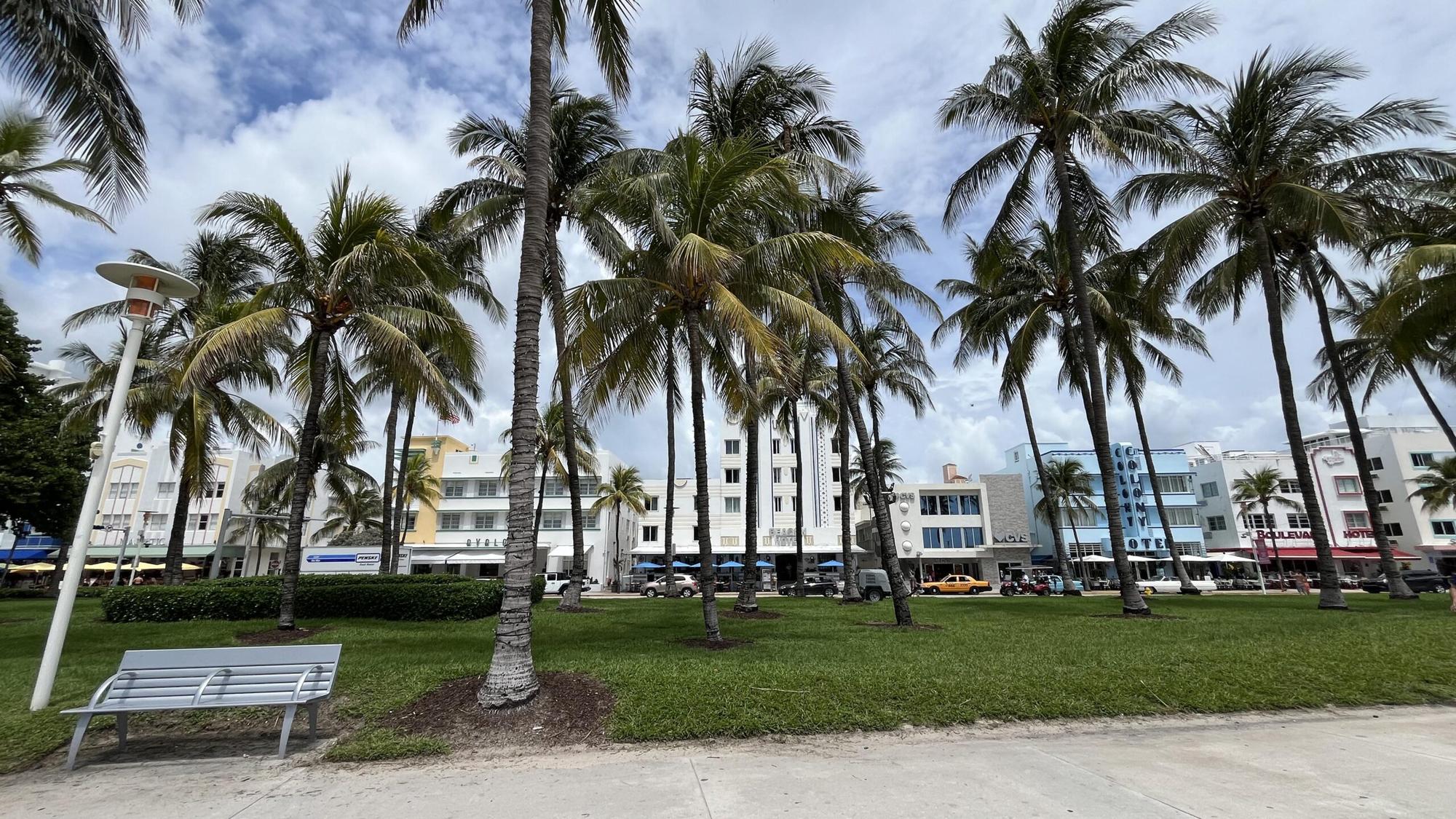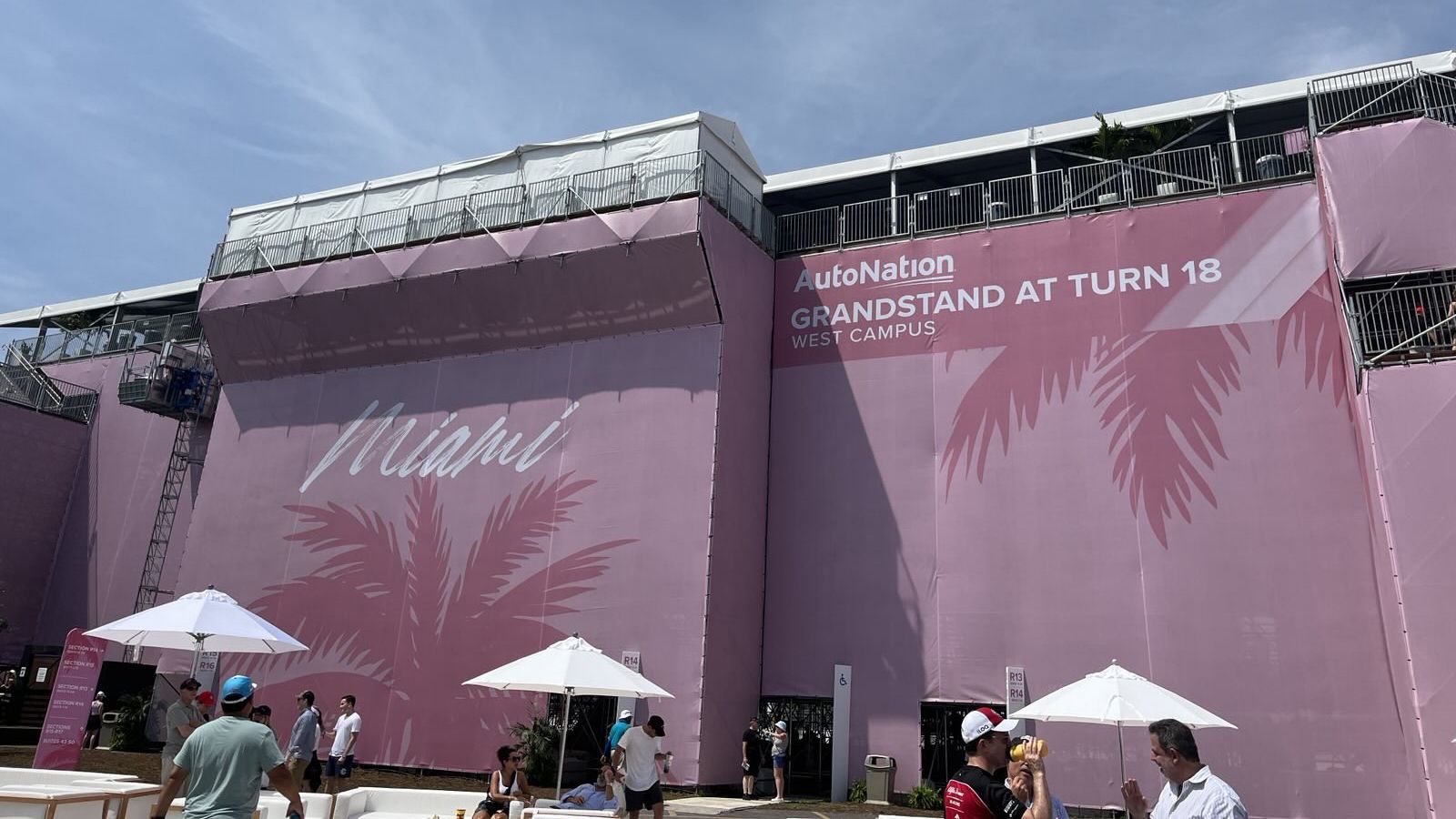Formula 1 racing, known for its global appeal and high-speed thrills, has made a significant impact in Southern Florida since its inaugural race in 2022. The Miami Grand Prix, held at the Miami International Autodrome, has quickly become a cornerstone of both the state’s sporting calendar and its economic landscape. With its glamorous appeal, fast cars, and international fanbase, the F1 race in Southern Florida has proven to be a massive draw for tourists, businesses, and locals alike.
The Miami Grand Prix: New but Impactful
The Miami Grand Prix first hit the streets of Miami Gardens in May 2022, and it has been a major event ever since. The track itself is located around the Hard Rock Stadium, home of the Miami Dolphins, and features a 5.41 km circuit with 19 turns, designed to offer a mix of high-speed straights and technical sections to challenge drivers. While the race is still relatively new compared to some of the more established Grand Prix events around the world, it has quickly gained traction and become a significant highlight of the F1 calendar.
With an initial 10-year contract, the Miami Grand Prix will be a fixture in Florida for the foreseeable future, providing consistent opportunities for revenue generation and brand exposure for the region.
Source: Formula 1 Official
Revenue Generation: A Boon for Florida
The arrival of Formula 1 in Miami has had a profound impact on the local economy. The event has drawn tens of thousands of visitors from across the globe, including celebrities, F1 enthusiasts, and high-profile business figures. According to estimates, the Miami Grand Prix is expected to generate more than $400 million annually for the local economy, thanks to tourism, hospitality, and other services that thrive during the race weekend.
Hotels, restaurants, and local businesses have seen a significant surge in business during the event. In fact, luxury hotels across the Miami area report 100% occupancy during the Grand Prix weekend, with some establishments offering exclusive F1 packages that can cost upwards of $100,000. Moreover, tourists who come for the race often extend their stay, visiting nearby attractions, beaches, and cultural sites, further boosting the region’s economic gains.
In addition to the direct economic boost, the Miami Grand Prix has attracted international media coverage, helping to position Miami and Southern Florida as a premier destination for sports and luxury events. This brand visibility is likely to have a long-term positive impact on tourism and business in the area.
The Wider Impact: Local Community and Infrastructure
Beyond the financial boost, the Miami Grand Prix has helped improve local infrastructure. Hard Rock Stadium and the surrounding areas have undergone extensive upgrades to accommodate the influx of visitors and the complex logistics of hosting an F1 race. The increased media exposure has also spurred investment in public transport and hospitality, ensuring the city can handle the large crowds.
While the race is a boon for local businesses, it has also faced some opposition from local residents concerned about noise and disruption. However, race organizers have worked closely with the Miami Gardens community to address concerns and ensure that the event is a win-win for both the F1 world and the local area.
Source: ESPN
A Bright Future for Formula 1 in Florida
With its growing popularity, the Miami Grand Prix is well-positioned to become a staple of the F1 calendar. The event not only brings global recognition to the region but also delivers a significant economic boost to Southern Florida. As Formula 1 continues to thrive in Miami, the race will undoubtedly play a crucial role in shaping the state’s future in motorsports and tourism.
Sources:


